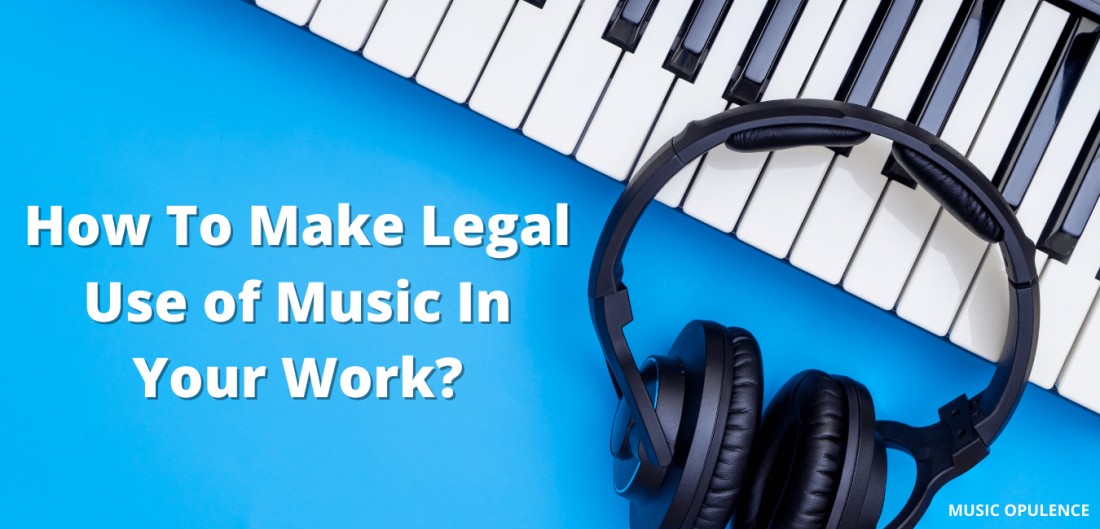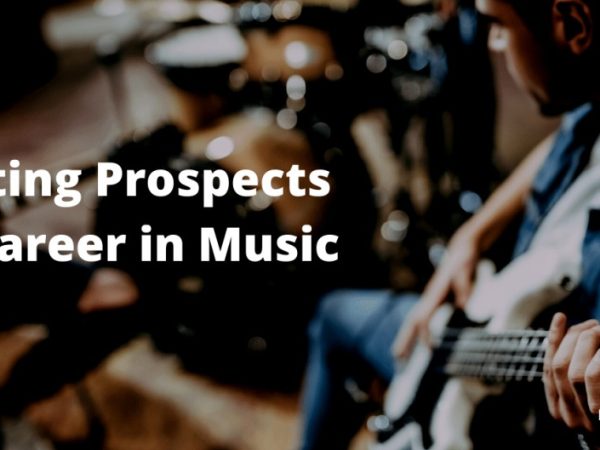Table of Contents
- 1 Q: WHEN IS A LICENSE REQUIRED TO USE MUSIC IN MY WORK?
- 2 Q: WHAT EXACTLY IS A COPYRIGHT?
- 3 Q: WHAT EFFECT DOES COPYRIGHT HAVE ON MY DECISION TO USE MUSIC?
- 4 Q: HOW CAN I OBTAIN PERMISSION TO USE COPYRIGHTED MUSIC?
- 5 Q: WHAT LICENSE DO I REQUIRE?
- 6 Q: WHAT EXACTLY ARE PRODUCTION MUSIC CDS?
- 7 Q: IS PRODUCTION MUSIC COPYRIGHTED?
- 8 Q: CAN I GET A LICENSE FROM A PRODUCTION MUSIC LIBRARY FOR A FAMOUS SONG?
- 9 Q: HOW OFTEN CAN I USE MUSIC TRACKS FROM PRODUCTION?
![]()
FREQUENTLY ASKED QUESTIONS ON HOW TO USE MUSIC LEGALLY IN YOUR WORK
Q: WHEN IS A LICENSE REQUIRED TO USE MUSIC IN MY WORK?
A: You must obtain a licence if you intend to use music that was not created by you as a soundtrack in your production. Obtaining a licence grants you the legal right to incorporate someone else’s copyrighted work into your own.
Q: WHAT EXACTLY IS A COPYRIGHT?
A: Copyright is a federal law that safeguards creators by granting them exclusive rights to their works. When a work is protected by copyright, it is illegal to use it without the permission of the copyright holder.
Q: WHAT EFFECT DOES COPYRIGHT HAVE ON MY DECISION TO USE MUSIC?
A: Music recorded and released on CD is protected by two copyrights. You must obtain permission from both copyright holders before using a recording of a musical composition in your work.
The first permission you require is from the publisher of the music. The copyright for the actual written music – the melody, lyrics, accompaniment, and the actual music as it would appear in sheet music – is held by the music publisher. The familiar symbol is used to indicate copyright.
The second permission is for the actual recording. You would approach the record company that released the recording to obtain this. The copyright for the actual performance of the song captured and mastered on tape and released on CD is held by the record company. This copyright is represented by the letter (P) inside a circle. (If you look on the back of your own CDs, you’ll notice that these symbols are in use.) (Author’s Note: This is where the two small graphics in the HTML version displaying the (C) and (P) copyrights were used.)
Q: HOW CAN I OBTAIN PERMISSION TO USE COPYRIGHTED MUSIC?
A: The fact that music is copyrighted does not mean you cannot use it; it simply means you must seek permission to do so. Typically, you will be required to pay a licencing fee in order to obtain that permission.
Q: WHAT LICENSE DO I REQUIRE?
A: The following licences are required for the use of music in your media project:
Synchronization License – This is a licence granted by the music publisher. The Synchronization License (also known as a sync licence) grants you permission to “synchronise” copyrighted music with your images and dialogue.
Note that having a sync licence means you have permission from the publisher to use the music but not the right to use a specific recording of the composition. You’ll need the following…
The master use licence is issued directly by the record company. Depending on the popularity of the music, fees can range from a few hundred dollars to millions of dollars.
You have the legal right to use the music in your production once you have paid the music publisher for a Sync License and the record company for a Master Use licence.
Sidenote
This article is about music that is NOT in the public domain and is protected by copyright. Music written prior to 1933 is in the public domain and can be used without a synchronisation licence (you still need a master use licence if you use a recording of a piece in the public domain). According to US law, music written after 1933 is still protected by copyright. In a future article, I hope to go into greater detail about the public domain.
Q: WHAT EXACTLY ARE PRODUCTION MUSIC CDS?
A: As the preceding process demonstrates, licencing music can be a time-consuming, form-heavy, and costly process. The quickest and easiest way to licence music is to use Production Music CDs (also known as Royalty Free Music CDs). When you purchase music from a production music library, you are granted synchronisation and master use rights to use the music in your work right away.
Production Music fills a void for producers who lack a million-dollar music budget and cannot afford to licence a major hit song. Production Music enables smaller, independent producers to use music soundtracks in their productions.
Q: IS PRODUCTION MUSIC COPYRIGHTED?
A: Both the (C) and (P) copyrights protect production music. When you purchase a track from a production music library, you will be given a licence agreement that includes synchronisation and master use rights.
Production music is not, as some have claimed, copyright-free. Copyright law fully protects it. Licensing is simplified with production music. You do not need to contact multiple sources to obtain sync and master use licences.
Q: CAN I GET A LICENSE FROM A PRODUCTION MUSIC LIBRARY FOR A FAMOUS SONG?
A: No production music pop hits exist. An Eminem track will not be found in a production music library. To use an Eminem cut, you must first obtain a licence from Interscope Records. That is not to say that you cannot find Hip Hop tracks in production music libraries, but you will not find current or past pop hits.
Unlike a pop song, production music is specifically designed to be used as background music. It is typically instrumental, with no vocals or lyrics, and is akin to a movie soundtrack.
Q: HOW OFTEN CAN I USE MUSIC TRACKS FROM PRODUCTION?
A: You have very broad usage rights under the licence agreement. For example, under the licence agreement from my company, UniqueTracks, you are not limited to a single use of the music; you can reuse it in any other production you create. You are not required to notify us of your intention to use or to report back once the production is completed. Once you’ve purchased the music, you’re free to use it as much as you want within the limitations of the licence (i.e. the music has to be used in synchronisation with narration or visuals)
The ease of use of Production music licencing makes it an excellent choice for corporate videos, Flash animations, PowerPoint presentations, independent film, multimedia applications, and virtually any other application where music is useful but the project budget does not allow for hundreds of thousands of dollars to licence expensive songs.

